Electric vehicles have gained tremendous popularity over the last decade, offering a promising alternative to traditional gasoline-powered cars. With concerns over climate change, rising fuel prices, and advancements in technology, more people are considering switching to EVs.
The appeal of instant torque, lower operating costs, and reduced emissions makes these vehicles attractive to many consumers. However, despite these benefits, one key concern remains: how do electric vehicles perform in colder climates where snow and ice are common?
Winter driving presents unique challenges for all cars, but the effect on EVs can be particularly significant. Unlike internal combustion engines, electric vehicles rely on lithium-ion batteries, which are sensitive to temperature changes.
Battery chemistry slows down in cold weather, reducing the amount of usable energy that can be drawn from the pack. This means the vehicle’s range how far it can travel on a single charge drops sharply in freezing conditions.
Additionally, heating the cabin consumes energy that would otherwise be used to power the vehicle, further reducing the available range.
For those living in regions with harsh winters, this can be a major concern. Drivers need confidence that their EV will not only start and run but also provide enough range and traction to handle snowy, icy roads safely.
Fortunately, advancements in battery thermal management and drivetrain technology have helped some electric vehicles handle winter much better than others. Manufacturers have introduced heat pump systems, battery warmers, all-wheel-drive options, and improved traction control, all of which contribute to better performance in snow.
However, not all EVs are created equal in this regard. Some models are designed and engineered with cold-weather performance as a priority, allowing them to maintain more of their range and handle snowy roads with greater ease. Others lack these features and suffer from more significant range drops and traction problems.
This article will focus on two categories of EVs: five models that perform well in snow and maintain usable range during cold weather, and five that are known to struggle with serious range drops and reduced performance in winter conditions.
By examining the features, technology, and user experiences behind these vehicles, drivers can gain insight into which EVs are better suited for snowy climates. Understanding these differences can help consumers make informed decisions, ensuring they select an electric vehicle that meets their needs regardless of the season.
Also Read: Top 10 Buicks That Are Built to Last That Remain Iconic
5 EVs That Perform in the Snow
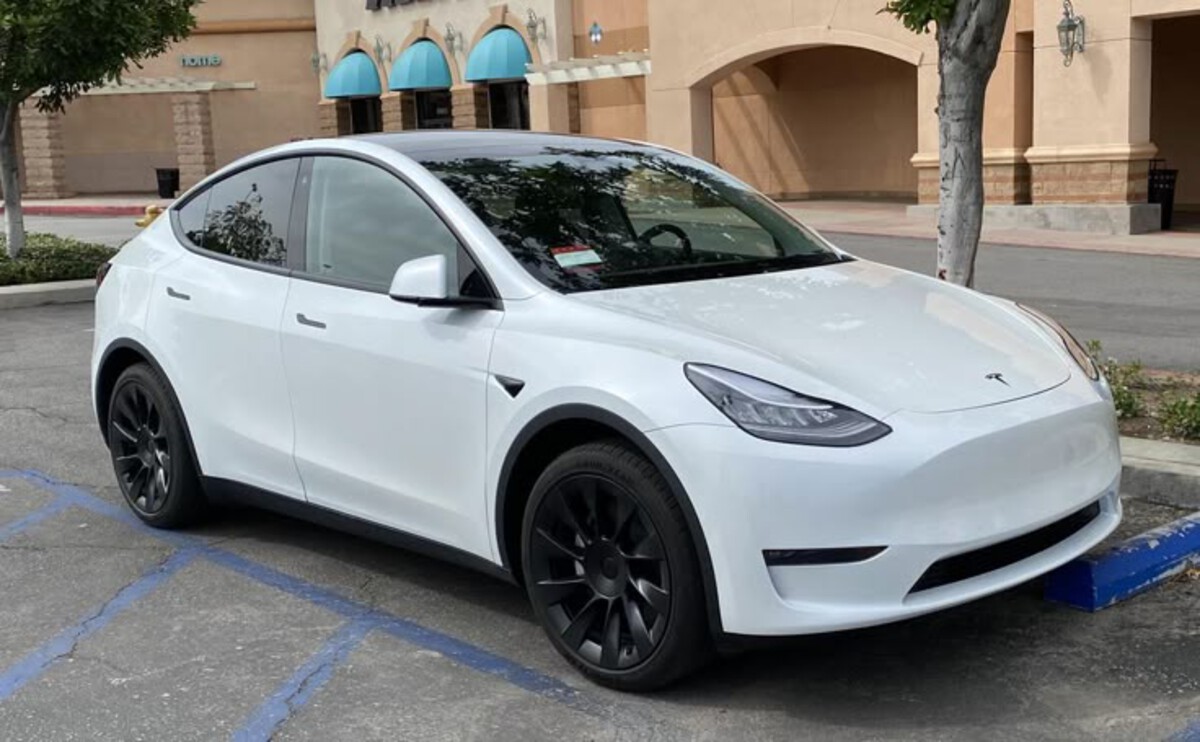
Tesla Model Y
The Tesla Model Y is widely regarded as one of the most capable electric vehicles in winter conditions. A major reason for this is Tesla’s sophisticated battery thermal management system, which actively monitors and regulates battery temperature to keep it within an ideal range.
This system rapidly warms the battery when temperatures drop, preventing the slowdown in chemical reactions that typically reduce range in cold weather.
As a result, the Model Y retains more of its usable energy than many other EVs during freezing conditions. The vehicle’s software further optimizes power delivery and energy use in real-time, adapting to the driver’s habits and current weather to maximize efficiency.
The Model Y’s traction and handling in snow are also noteworthy. Tesla offers a dual-motor all-wheel-drive configuration, allowing the car to send power independently to the front and rear wheels. This enhances grip on slippery surfaces by automatically shifting torque to the wheels with the best traction.
The system is complemented by Tesla’s advanced traction control and stability programs that reduce wheel spin and help maintain control on icy roads. This AWD setup enables confident driving in a variety of snow conditions, from light flurries to deeper, packed snow.
Heating technology in the Model Y is designed to minimize the energy lost to warming the cabin. Unlike older EVs that use resistance heaters, the Model Y is equipped with a heat pump system, which is far more energy efficient.
This technology captures waste heat from the vehicle’s motors and battery and recycles it to warm the cabin, reducing the drain on the battery. This allows occupants to stay comfortable without severely impacting range, even in very cold temperatures.
Real-world testing and owner reports confirm that the Model Y suffers less severe range degradation in winter than many other electric vehicles.
While it is impossible to eliminate all range loss in freezing weather, Tesla’s integrated approach to battery heating, AWD traction, and efficient cabin heating makes the Model Y one of the best electric vehicles for snowy climates. Its blend of technology and performance gives drivers peace of mind when the roads turn white.
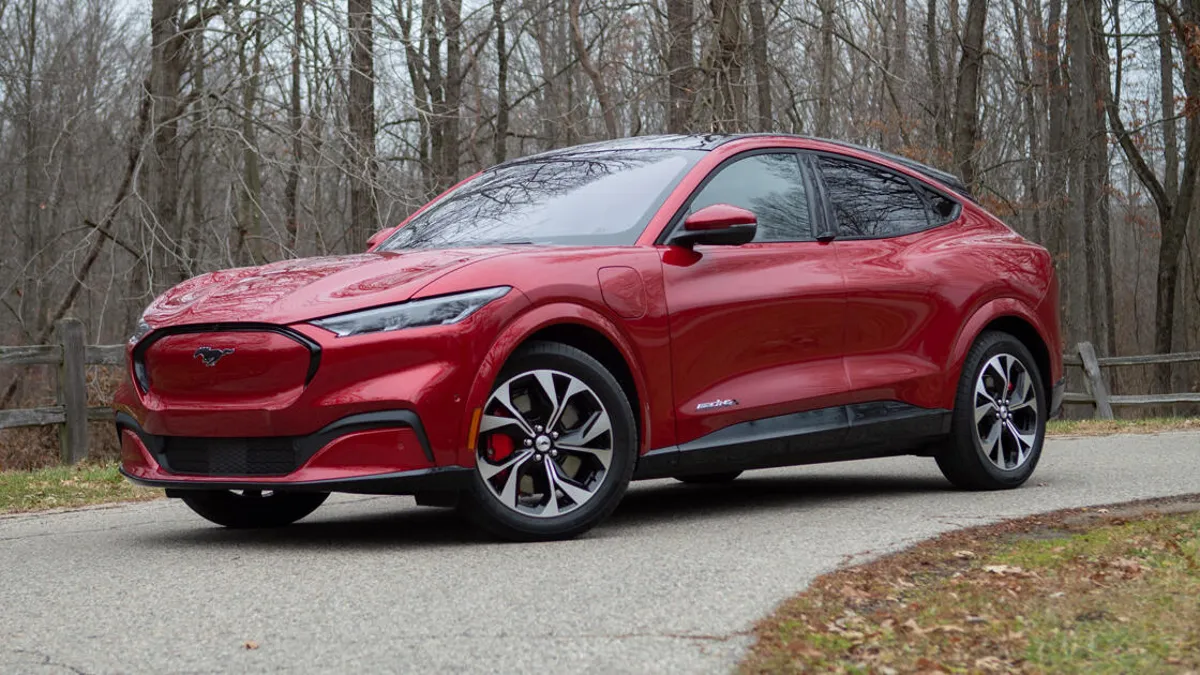
Ford Mustang Mach-E
The Ford Mustang Mach-E has emerged as a competitive electric SUV that delivers solid performance in snowy conditions. One of its key strengths is the available all-wheel-drive system, which is specifically designed to improve traction on slippery and snowy surfaces.
This electric AWD system is capable of dynamically distributing torque between the front and rear axles depending on road conditions, reducing the chances of wheel spin and loss of traction. In addition to AWD, the Mach-E employs electronic stability control and traction management features that enhance its handling on ice and snow-covered roads.
Battery thermal management in the Mach-E also plays a critical role in its winter capabilities. The vehicle uses an active system to keep the battery at an optimal temperature, which helps maintain range by preventing the battery chemistry from slowing in cold conditions.
This thermal regulation allows for better power delivery and more consistent performance when temperatures dip below freezing. The Mach-E also incorporates a heat pump for cabin heating, which is more efficient than traditional resistance heaters and reduces the energy required to keep passengers warm.
Drivers report that the Mach-E’s winter range loss is moderate compared to other electric vehicles. While the range still decreases in cold weather, the drop is less severe due to its battery warming system and efficient heating.
Moreover, the combination of AWD and smart traction controls enables the Mach-E to handle snow and ice with confidence, making it a practical choice for those living in colder climates. Its sporty handling and quiet ride add to the appeal for drivers seeking an electric vehicle that does not compromise on driving enjoyment.
Many reviewers and owners in snowy areas praise the Mach-E’s ability to navigate winter roads safely without drastically sacrificing range or comfort. Its blend of power, technology, and winter-friendly features makes it one of the stronger contenders in the EV market for winter driving.
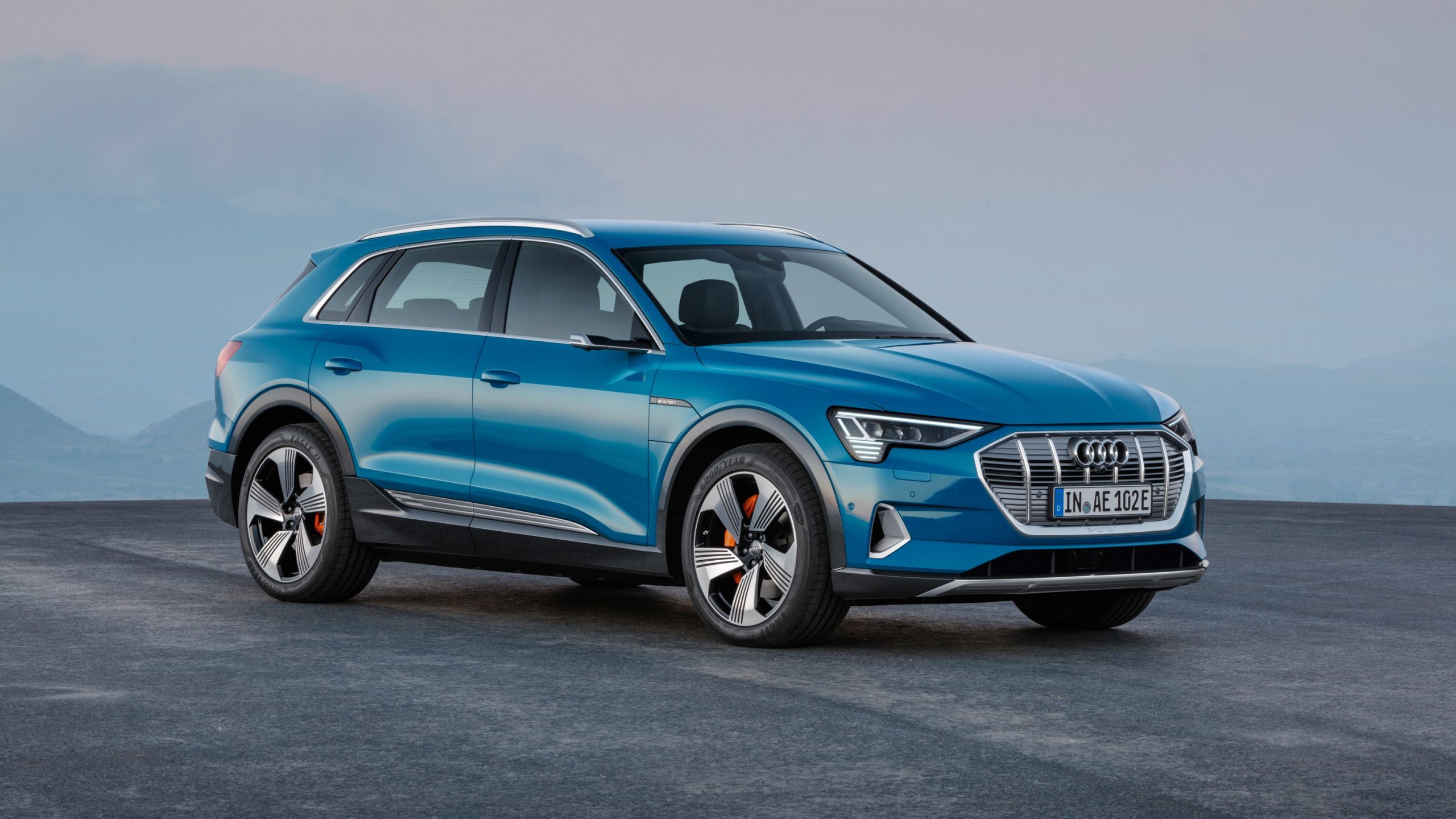
Audi e-tron Quattro
Audi’s e-tron Quattro is a full-size electric SUV that offers excellent capability in snow and cold weather. The Quattro all-wheel-drive system is a cornerstone of Audi’s reputation for traction and handling in adverse conditions, and the e-tron brings that legacy to electric vehicles.
By delivering power independently to both axles and modulating torque between wheels, the e-tron maintains stability and grip even on challenging snow-covered terrain. This system, combined with electronic aids such as anti-slip regulation, helps prevent wheel spin and loss of control.
The battery thermal management system in the e-tron is highly advanced, allowing it to regulate the temperature of the battery pack effectively. This reduces range loss by maintaining battery efficiency even when temperatures plunge.
The system includes active heating elements that can warm the battery quickly, preventing the chemical processes from slowing down and preserving usable range. Additionally, the e-tron supports fast charging in cold weather thanks to its thermal management, reducing charging time even in winter.
Audi has also incorporated a heat pump system for the e-tron’s cabin heating. This technology recycles heat generated by the electric motors and battery, providing efficient warmth without draining the battery excessively.
The vehicle also offers comfort features such as heated seats and a heated steering wheel, which allow drivers and passengers to stay warm without cranking the cabin temperature high, thus conserving battery power.
Owners and testers find the e-tron Quattro to be a very reliable and capable winter vehicle. It handles snowy roads with poise, offers strong traction control, and maintains a reasonable range despite cold weather conditions. For those seeking a luxury electric SUV that excels in winter, the Audi e-tron Quattro is an excellent choice.
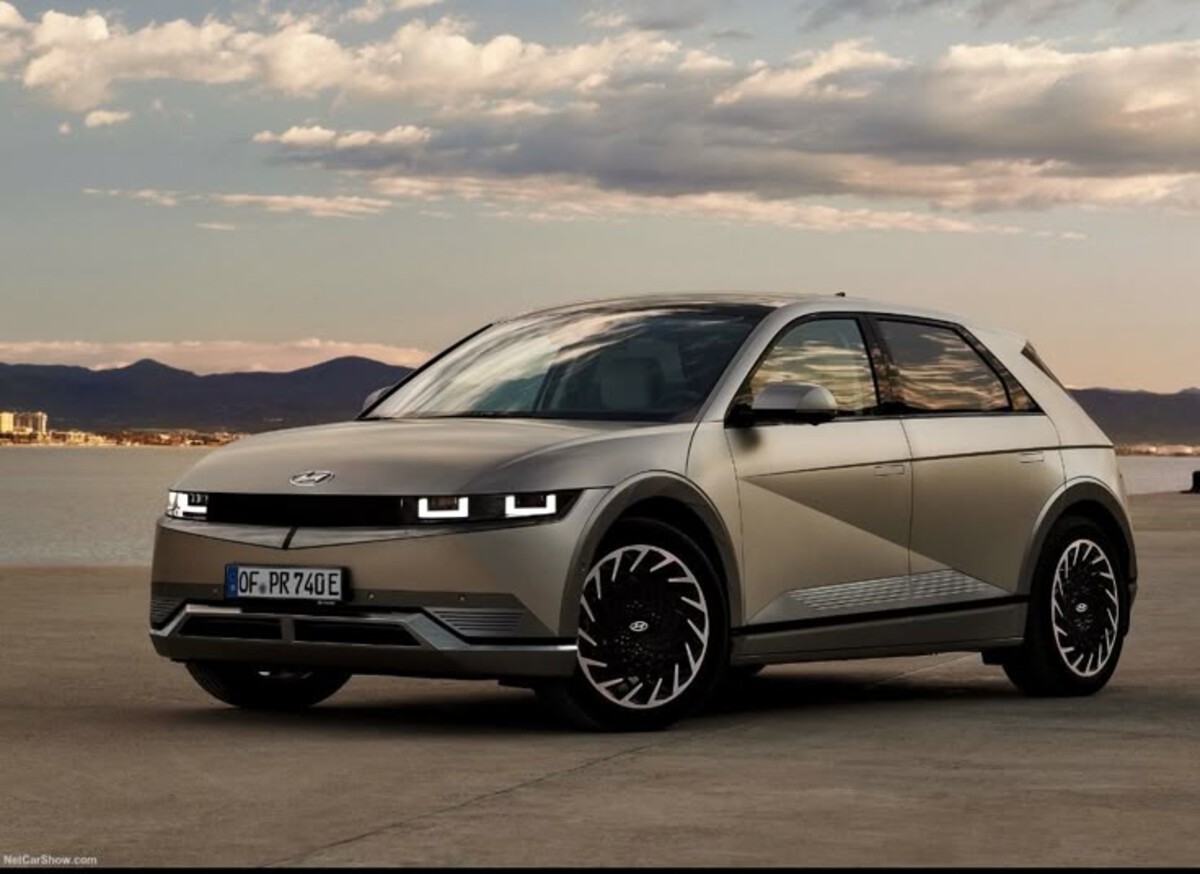
Hyundai Ioniq 5
The Hyundai Ioniq 5 has impressed many with its blend of style, performance, and winter capability. The vehicle offers an all-wheel-drive option, which significantly improves traction on snow and ice.
The AWD system dynamically distributes power to the wheels that need it most, minimizing wheel slip and helping maintain control on slippery surfaces. This allows drivers to feel more secure in adverse weather conditions, including during snowstorms or on icy roads.
Hyundai’s battery thermal management in the Ioniq 5 is designed to maintain battery health and range during cold weather. The system actively warms the battery when temperatures drop, allowing the lithium-ion cells to operate closer to their optimal efficiency.
This results in less severe range reductions during winter months. The battery pack’s temperature is continuously monitored and adjusted to ensure consistent performance, which helps drivers avoid unexpected drops in driving distance.
The Ioniq 5 uses a heat pump for its cabin heating, which is a more efficient technology compared to resistive heating elements used in many older EVs.
By recycling heat from the drivetrain, the heat pump uses less energy, allowing the vehicle to maintain cabin warmth while conserving battery power. This efficient heating system helps reduce energy consumption during cold months, which translates to better range and more comfortable trips.
Feedback from owners in cold climates shows that the Ioniq 5 performs well on snowy roads and maintains respectable range despite winter weather challenges. Its combination of AWD traction, battery temperature control, and energy-efficient heating makes it a compelling option for those needing a winter-capable electric vehicle.

Volkswagen ID.4
The Volkswagen ID.4 is a compact electric SUV that offers an all-wheel-drive variant, making it a viable option for snowy and icy roads. The AWD system can send power to both the front and rear wheels, improving grip on slick surfaces.
This capability helps drivers maintain control and avoid slipping or sliding during winter conditions. Volkswagen has designed the ID.4 with electronic aids that enhance stability and traction, which are essential for safe winter driving.
Battery thermal management in the ID.4 helps keep the pack warm and efficient when temperatures fall. Although range reductions in winter are inevitable, Volkswagen’s system mitigates the impact by warming the battery pack and managing power delivery carefully. This helps drivers get more consistent range and better performance on cold days than EVs without such systems.
The ID.4 also benefits from a heat pump heating system, which provides energy-efficient cabin warmth. The heat pump recycles heat generated by the vehicle’s electrical components, reducing the demand on the battery for heating. This allows drivers to stay comfortable in winter without sacrificing as much range, which is a significant advantage in cold weather.
Affordability combined with winter-friendly features makes the ID.4 popular among drivers who want an EV that can handle snow without a large price tag. Its AWD option, battery thermal management, and efficient heating technologies contribute to reliable winter driving performance.
5 EVs That Suffer Serious Range Drops in Snow
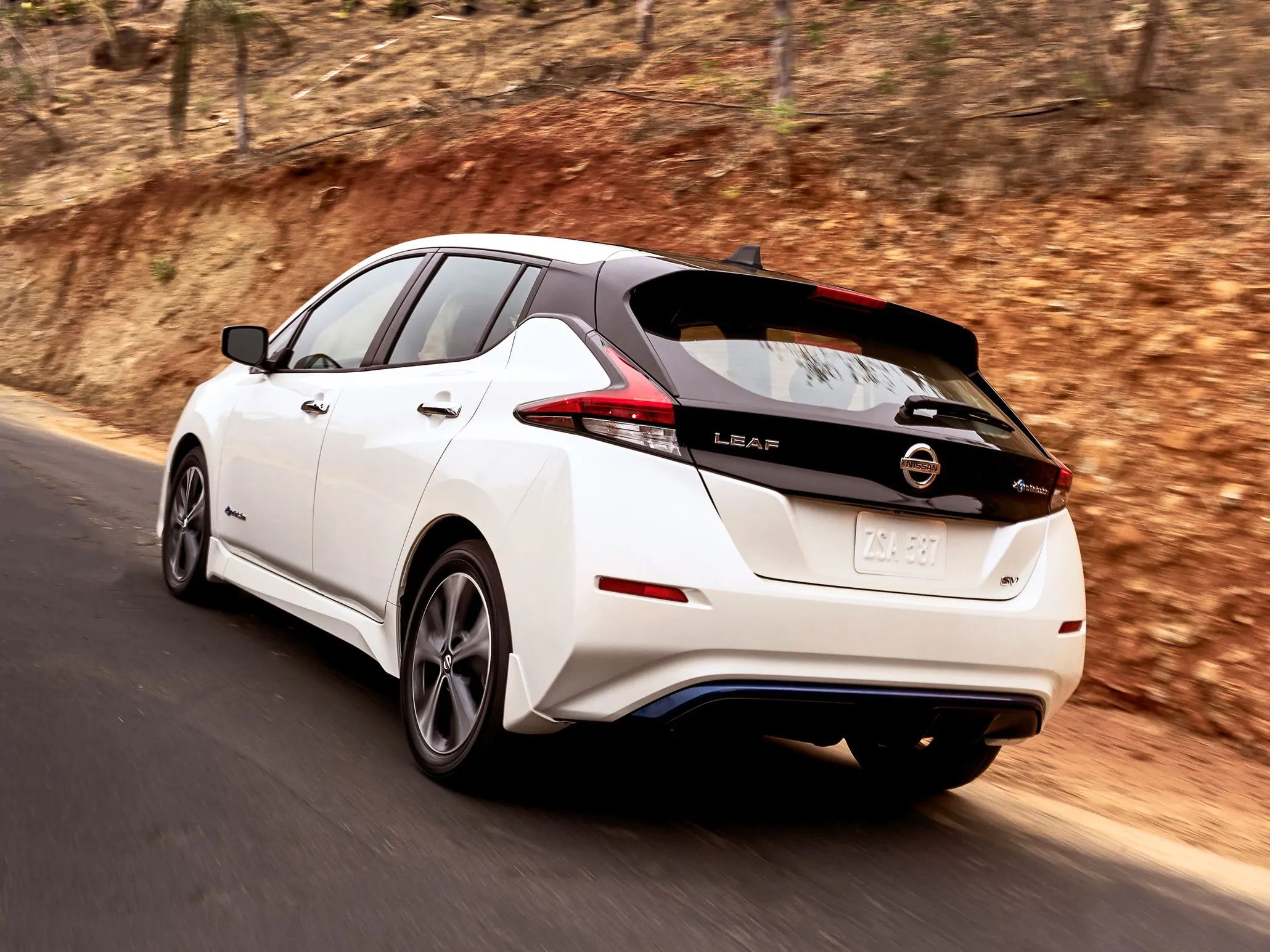
Nissan Leaf
The Nissan Leaf was one of the first mass-market electric vehicles and played a major role in introducing EV technology to everyday drivers.
However, despite its pioneering status, the Leaf struggles significantly when confronted with winter weather challenges. One of the main issues stems from the absence of an advanced battery thermal management system.
Unlike many newer electric vehicles that actively heat or cool their battery packs to maintain optimal operating temperatures, the Leaf relies mostly on passive cooling and heating.
In cold climates, this means the lithium-ion battery’s chemical reactions slow considerably, which reduces the amount of energy that can be drawn for propulsion. As temperatures drop, the usable capacity of the battery shrinks dramatically, leading to significant decreases in driving range.
This drop is not just a minor inconvenience but can be severe enough to affect the daily usability of the Leaf. Drivers have reported seeing range reductions by as much as 30 to 40 percent in freezing conditions, making trips that are comfortable in summer months much more stressful during winter.
This problem is further compounded because the Leaf does not offer all-wheel drive, relying instead on front-wheel drive. Front-wheel drive can be less effective in snowy or icy conditions since power is delivered only to the front wheels.
This limits traction, especially on slippery surfaces, and can increase the likelihood of wheel spin or getting stuck in deep snow. Drivers in snowy areas often have to invest in specialized winter tires or avoid driving in severe conditions altogether.
The heating system in the Leaf is another factor that contributes to range anxiety in cold weather. The Leaf uses resistive heaters for cabin warmth, which essentially work by converting electrical energy directly into heat. While effective at warming the interior, resistive heaters consume a considerable amount of battery power.
In cold weather, when the battery’s range is already compromised, this additional energy draw can quickly deplete the remaining charge.
Drivers must often choose between maintaining comfort with the heater on or maximizing driving distance by keeping heating usage low. This balancing act can be frustrating and sometimes dangerous, especially during long winter drives or in extremely cold regions.
Despite these limitations, the Nissan Leaf remains popular for its affordability and reliability in milder climates. However, for drivers who regularly face snow and freezing temperatures, the Leaf’s lack of advanced thermal management, front-wheel-drive layout, and energy-intensive cabin heating make it less than ideal.
Those considering the Leaf for winter use should be prepared for the realities of reduced range and traction challenges, and might want to consider aftermarket modifications like better insulation or heated seats to offset the cabin heating burden.
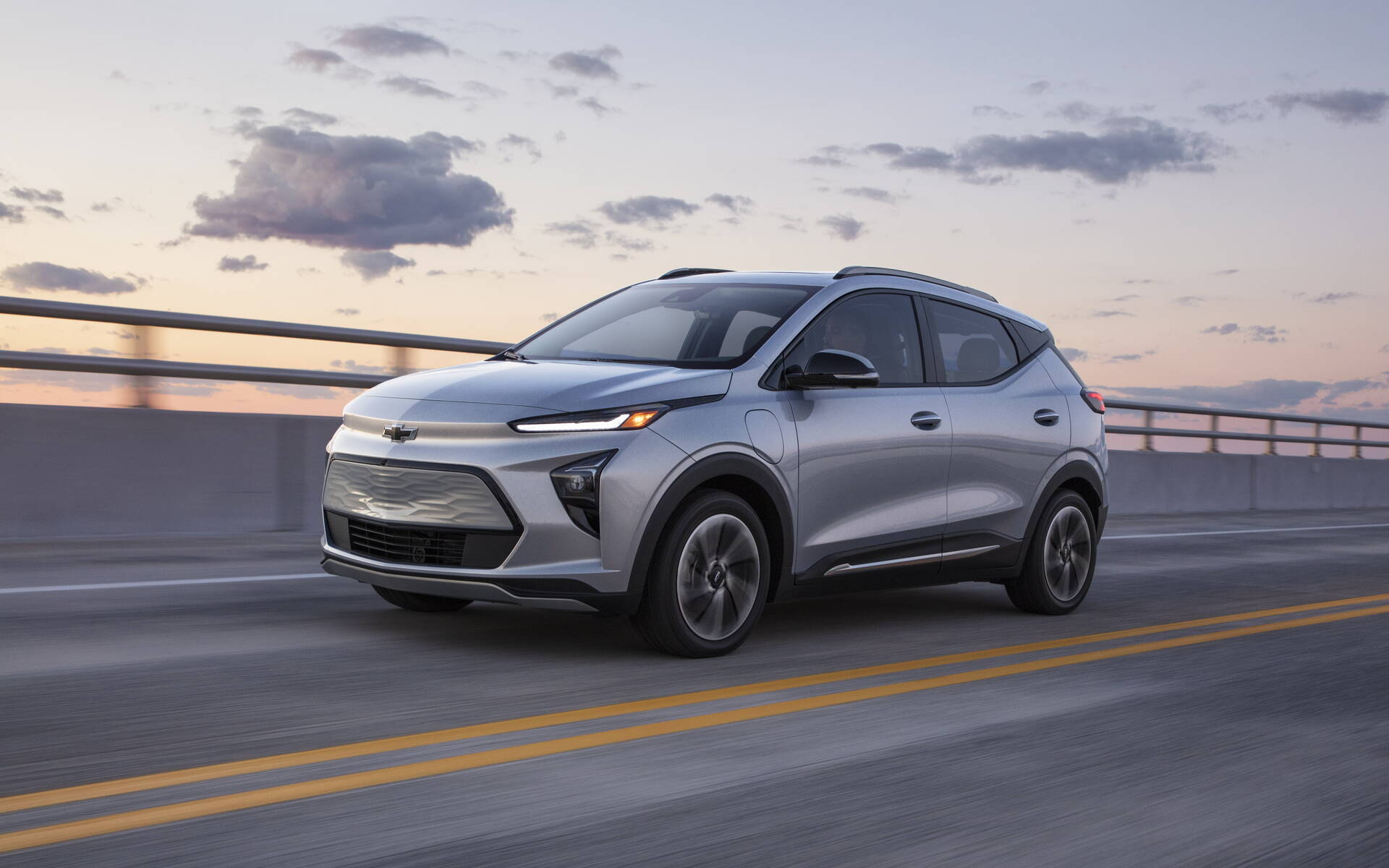
Chevrolet Bolt EV
The Chevrolet Bolt EV is often praised for its impressive range and relatively affordable price point, but it does not fare particularly well in cold weather when it comes to preserving that range.
Unlike some newer electric vehicles, the Bolt does not have a dedicated active battery thermal management system designed to keep the battery pack warm in freezing temperatures.
This results in the battery chemistry slowing significantly in cold weather, reducing the voltage available and therefore limiting the power that the battery can deliver.
As a consequence, many Bolt EV owners notice substantial range drops during winter months, sometimes in the range of 25 to 35 percent or even higher, depending on the severity of the cold.
This range degradation can have real-world consequences, particularly for those who rely on their Bolt for daily commuting or longer trips in snowy regions. When the battery is cold, the car also demands more energy for heating the cabin, which further reduces the available driving distance.
Without an effective heat pump system, the Bolt relies on resistive heating elements to warm the interior, consuming a significant amount of battery energy. The combined effect of reduced battery efficiency and increased energy demand for heating can leave drivers with a much shorter range than they are accustomed to, which may cause range anxiety and inconvenience during winter.
Another area where the Bolt EV struggles is traction. The vehicle is front-wheel drive, which offers limited capability in snow and ice compared to all-wheel-drive electric models.
While the Bolt’s traction control system helps manage wheel slip by adjusting power delivery and braking individual wheels as needed, it cannot compensate fully for the lack of power at the rear wheels.
On slippery roads or steep inclines, the Bolt may lose grip more easily, and drivers need to be cautious. Many owners in snowy regions recommend equipping the Bolt with high-quality winter tires to improve traction, but even this does not fully overcome the limitations of its drivetrain layout.
In summary, while the Chevrolet Bolt EV remains an attractive option for those seeking a budget-friendly electric car with decent range in moderate climates, it does face significant challenges in winter.
The lack of active battery warming, front-wheel-drive configuration, and resistive heating system all contribute to pronounced range drops and traction difficulties when snow and cold temperatures come into play. Buyers in colder regions should carefully weigh these factors before choosing the Bolt as their primary vehicle.

BMW i3
The BMW i3 is known for its unique design and lightweight carbon fiber construction, which makes it agile and efficient in many driving conditions. However, when it comes to winter performance, the i3 reveals several shortcomings that make it less suitable for snowy climates.
One of the most critical issues is its limited battery thermal management capabilities. While the i3 does have some battery temperature control features, it lacks a robust system that actively heats the battery to keep it within an optimal operating temperature range during cold weather.
This deficiency causes the battery chemistry to slow down significantly, reducing the battery’s available energy and thereby shortening the driving range during freezing conditions.
Range reductions in the i3 can be severe, with some drivers reporting losses of up to 40 percent during winter months. This reduction makes the i3 much less practical for extended trips or even routine commutes in colder regions.
For people who rely on their EVs for daily transportation, this kind of performance drop means more frequent charging and careful trip planning to avoid being stranded.
The i3’s relatively small battery pack compounds the problem since it starts with less energy capacity compared to some newer electric vehicles with larger packs designed for long-range driving.
The i3’s rear-wheel-drive layout presents another challenge in winter conditions. Rear-wheel drive can offer a sportier driving feel on dry pavement, but on snow and ice, it is generally less forgiving and more prone to losing traction than all-wheel or front-wheel-drive setups.
While the i3 is equipped with stability and traction control systems designed to mitigate slipping, these aids cannot fully replicate the benefits of power delivery to all four wheels. Drivers may find the i3 more difficult to control on snow-covered roads, especially when accelerating from a stop or navigating corners on icy surfaces.
The cabin heating system in the BMW i3 relies on resistive heating technology, which converts electrical energy directly into heat.
While this method is effective at quickly warming the interior, it is also highly energy-intensive. In the winter, when the battery is already strained by cold temperatures, running the heater at comfortable levels can significantly reduce available range.
This creates a frustrating compromise for drivers who must decide whether to prioritize warmth or distance. Although the i3 offers heated seats and steering wheel options to reduce reliance on cabin heating, the fundamental heating technology remains a major drain on the battery.
Taken together, the BMW i3’s limited battery thermal management, rear-wheel-drive design, and energy-intensive heating system make it a challenging vehicle for harsh winter conditions.
While it excels in urban environments and mild climates, drivers in snowy or freezing regions may find the i3’s winter performance lacking compared to more modern EVs with comprehensive cold-weather technology.
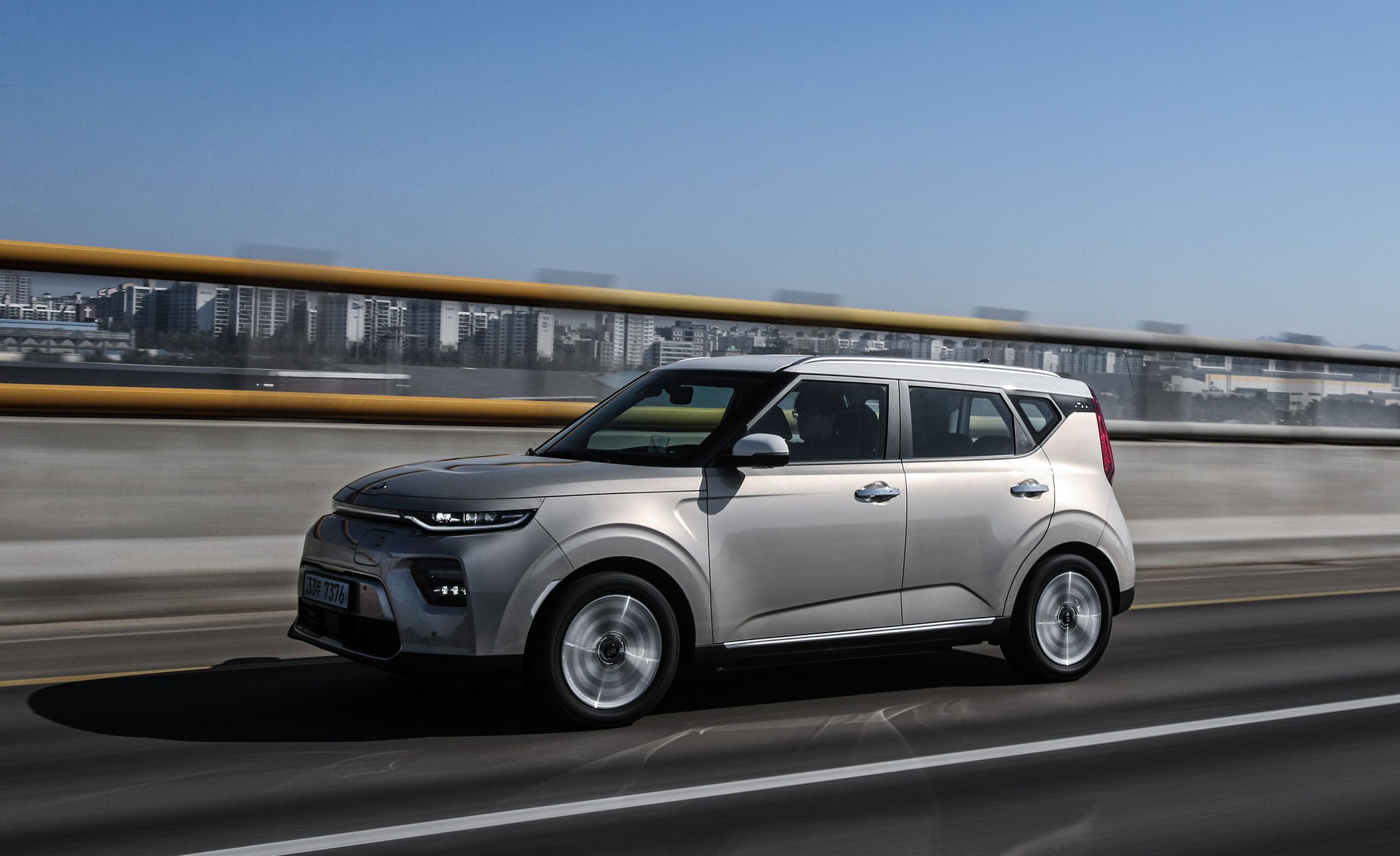
Kia Soul EV
The Kia Soul EV provides a distinctive look and practical interior in a compact package, appealing to many buyers seeking an affordable electric vehicle. However, its winter performance reveals several limitations that may concern drivers in snowy or cold regions.
Unlike some more advanced EVs, the Kia Soul EV does not feature an active battery heating system that keeps the battery warm and efficient during cold weather.
This absence leads to significant battery performance degradation as temperatures drop, causing a marked reduction in available driving range. Owners frequently report range decreases of 30 percent or more when operating the vehicle in subfreezing conditions.
This considerable drop in range makes it difficult for drivers to rely on the Soul EV for longer trips or daily use in winter without frequent charging stops. The battery chemistry slows down without active warming, reducing the energy output and increasing charging times.
Additionally, the cabin heating system in the Soul EV is based on resistive heating elements, which consume a substantial amount of energy from the battery. In cold weather, this demand compounds the already reduced range caused by the battery’s lower efficiency, forcing drivers to decide between comfort and maximizing distance.
The Kia Soul EV uses a front-wheel-drive setup, which limits its traction capabilities on snow and ice. While front-wheel drive can provide reasonable grip in many conditions, it lacks the enhanced traction control and torque distribution advantages of all-wheel-drive systems.
On slippery or steep roads, the Soul EV may struggle to maintain traction and stability, potentially leading to difficult driving conditions or loss of control. Many drivers recommend investing in quality winter tires to help improve snow performance, but the drivetrain layout still limits grip and confidence.
Despite these challenges, the Kia Soul EV remains a popular choice for city driving and moderate climates due to its affordable price and practical design.
However, for drivers living in regions with heavy snowfall or consistently cold winters, the lack of active battery heating, front-wheel-drive limitations, and resistive cabin heating system means the Soul EV suffers from significant range and traction penalties in winter.
Potential buyers should consider these factors carefully and prepare for the realities of driving an EV without advanced cold-weather technologies.
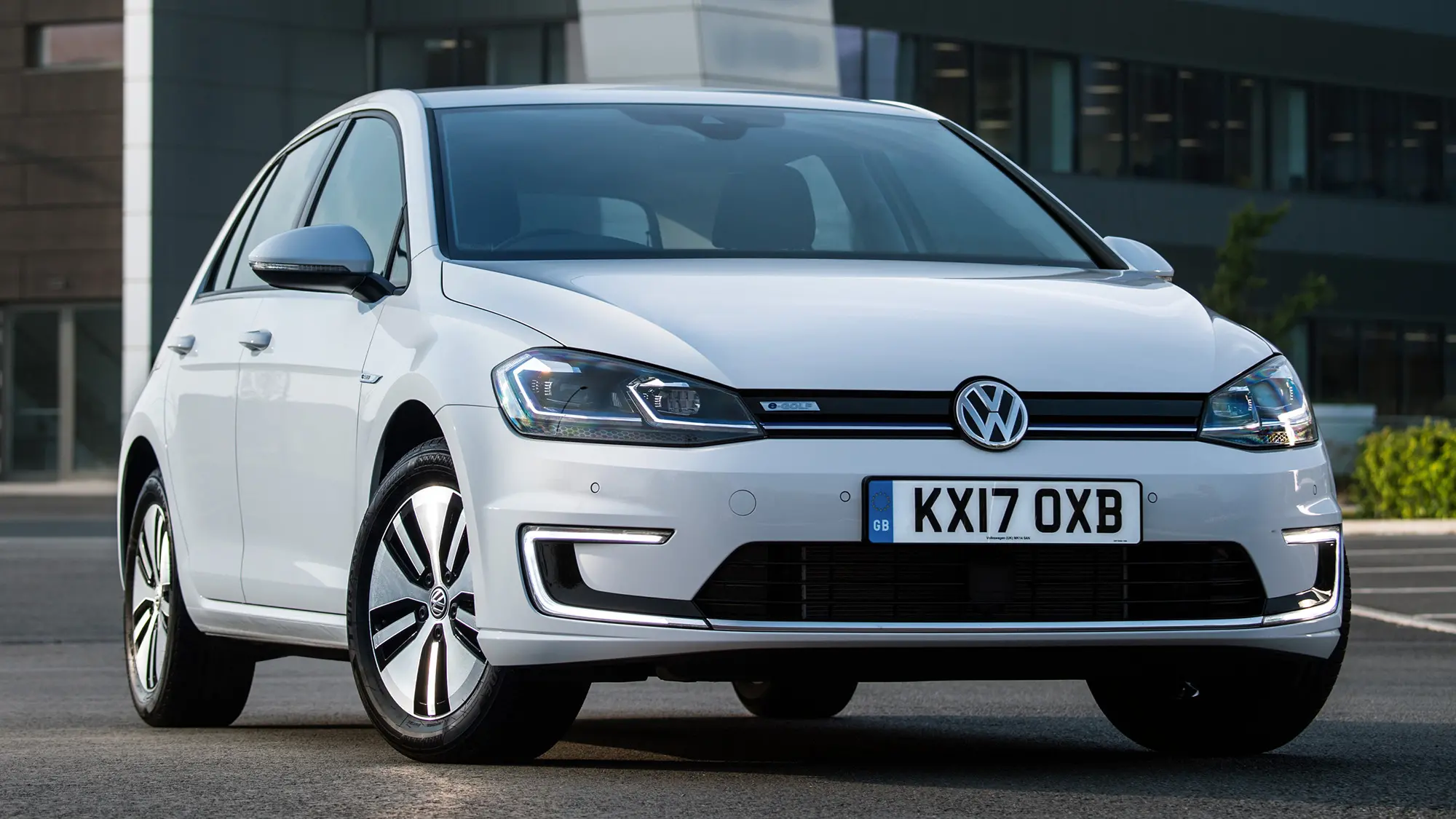
Volkswagen e-Golf
The Volkswagen e-Golf is an electric version of the popular Golf hatchback and offers an entry point into electric driving for many consumers. While it performs well in moderate climates, it is less suited for cold-weather driving due to its limited battery thermal management and drivetrain design.
The e-Golf does not feature an active battery heating system that keeps the pack warm during winter, which causes the lithium-ion cells to cool and slow down at low temperatures. This results in reduced battery efficiency and shorter driving range, with many owners experiencing range drops between 25 and 35 percent during cold weather.
The lack of active battery warming also affects charging times, as a cold battery cannot accept energy as quickly. This means that in winter, not only does the e-Golf have less range, but it also takes longer to recharge, which can be inconvenient for drivers who need to quickly top up their battery.
The vehicle’s front-wheel-drive layout provides decent traction in normal conditions but falls short in snowy or icy environments. Without all-wheel drive, the e-Golf is more prone to slipping and losing control on snow-covered roads, especially during acceleration or cornering.
To maintain cabin comfort, the e-Golf relies on resistive heating elements, which draw heavily from the battery’s energy reserves.
This reduces the effective range even further because energy used for heating is energy not available for driving. During very cold days, the balance between keeping warm and conserving range can be challenging for drivers, and some may find themselves sacrificing comfort to ensure they reach their destination.
While the Volkswagen e-Golf provides a solid and familiar driving experience in temperate conditions, it suffers from limitations in winter.
Its lack of active battery thermal management, front-wheel-drive traction constraints, and energy-intensive resistive heating contribute to a marked decrease in range and performance on snowy or icy roads. Drivers considering the e-Golf for regions with harsh winters should factor these issues into their decision-making.
